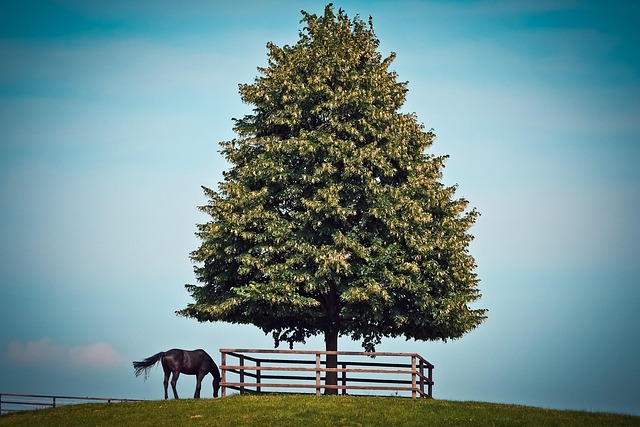“Enhance your New Bedford, Massachusetts yard with a new fence using our comprehensive DIY installation guide. Whether aiming to boost privacy, define property lines, or create a charming outdoor space, understanding the right fence options for your yard is key. This article equips homeowners with essential tips, starting from evaluating various fence styles suitable for New Bedford’s unique characteristics. We then delve into meticulous planning, ground preparation, and step-by-step assembly instructions for a sturdy and aesthetically pleasing fence installation.”
- Understanding Your Fence Options for New Bedford Yards
- Measuring and Planning Your Fence Installation
- Preparing the Ground for a Solid Fence Foundation
- Step-by-Step Guide to DIY Fence Assembly and Post Placement
Understanding Your Fence Options for New Bedford Yards
When it comes to fencing your New Bedford, Massachusetts yard, there’s a wide array of options to consider. The first step is to assess your space and needs—whether you’re looking for privacy, security, or simply an aesthetic upgrade. Wood, vinyl, and chain-link are popular choices in the area due to their durability and visual appeal. Each material offers unique benefits: wood adds natural charm but requires more maintenance; vinyl is low-maintenance and available in various colors; while chain-link provides maximum visibility and security.
Understanding local building codes and zoning regulations is crucial before starting any DIY project, especially when it comes to fencing. Check with your New Bedford city hall or a local construction expert to ensure the fence style and height you choose align with these guidelines. Additionally, consider nearby properties and neighbors’ preferences to maintain harmonious relations within your community.
Measuring and Planning Your Fence Installation
Before you begin installing your fence, meticulous planning and measuring are essential. Start by identifying the perimeter of your property where the fence will be installed. Use a tape measure to take accurate measurements, noting any unique features or obstacles along the way. Consider factors like trees, landscaping, and existing structures that may impact the layout of your fence.
Create a detailed plan or sketch outlining the fence’s alignment and height. Decide on the type of fence best suited for your needs and New Bedford’s local regulations. Whether it’s a wooden privacy fence, chain-link, or vinyl, ensuring it aligns with local building codes is crucial to avoid any legal issues during or after installation.
Preparing the Ground for a Solid Fence Foundation
Before installing your fence, preparing the ground is a crucial step to ensure a solid foundation. Clear the area of any debris, plants, or rocks that could interfere with excavation. Mark out the perimeter of your fence using stakes and string to ensure precision. Then, use a flat shovel to dig holes for the fence posts, making sure they are deep enough to provide stability against various weather conditions. The depth should be at least one-third of the post’s height, allowing for a strong anchor.
Leveling the ground is essential for a straight and secure fence. Use a level to check the vertical alignment of the holes, adjusting as needed with additional soil or gravel to create a stable base. This preparation ensures that your fence stands tall and true, providing both aesthetic appeal and long-lasting functionality for New Bedford homeowners.
Step-by-Step Guide to DIY Fence Assembly and Post Placement
To embark on your DIY fence installation project, start by measuring and marking the perimeter of your desired fence line. Use stakes and string to outline the precise dimensions, ensuring it aligns with local building codes. Next, dig holes for the fence posts, making them deep enough to provide stability (typically around 1-2 feet). Place a concrete mixture in each hole, allowing it to set completely. Meanwhile, assemble your fence panels according to the manufacturer’s instructions. This often involves connecting vertical supports to horizontal rails using brackets or nails. Once all components are ready, attach the panels to the posts, securing them with brackets or fasteners designed for your specific fence material. Ensure proper alignment and level as you work, creating a sturdy, even barrier.
